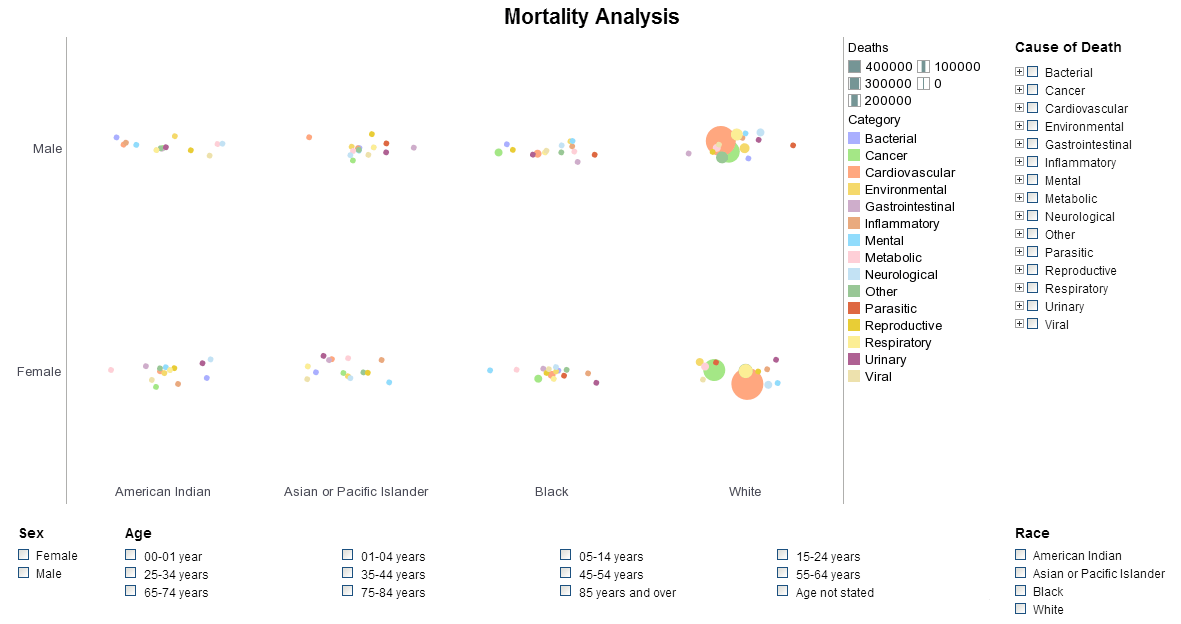InetSoft Webinar: The Evolution from Information Publishing to Insight Discovery and Analytics
This is the transcript of a Webinar hosted by InetSoft on the topic of "The Evolution from Information Publishing to Insight Discovery and Analytics." The speaker is Mark Flaherty, CMO at InetSoft.
Today we are going to talk about where business intelligence has evolved from information publishing to insight analytics and discovery. One example of published information is the old-fashioned paper report. A more modern example is the Microsoft Excel spreadsheet. There’s nothing wrong with Excel, per se, but there are problems to watch out for. People tend to over rely on it to analyze data, transform it, and then share their findings with other people.
And they do this, instead of using a BI application, because the Excel interface is so familiar. That’s an element of it. But it’s the easiest path to address the problems is coming through Excel because the problems are not necessarily retrieval, they’re assembly. You need two reports to get the information together from two different sources. The simple construction of one report that builds both sets of information is extraordinarily complex. You need to be able to integrate things. You need to be able to drive some data, add some formulas, do some other things, model.
| #1 Ranking: Read how InetSoft was rated #1 for user adoption in G2's user survey-based index | Read More |
And then there are other pieces of it. You interact with the data. You look at it. You spin it around a little bit. You change it. You add. You remove. You subset, and then you share it with others. This is the storytelling component which involves charts, and graphs, as well as another model which is encapsulated in the spreadsheet.
If you think of BI as publishing, all of that activity is going to happen outside of publishing whether it’s in Excel, or Access, or if you work in marketing a lot of times, you will find that almost the entire data warehouse will be recaptured in the desktop office system so that people can do the things that they do there.
So, one of the ways this avoidance of the BI environment affects the users is that it removes a lot of the power of interaction with information that is capable with the advanced visualization technologies. It also affects us because we try to resolve interaction problems in other ways. The interaction model that we’ve built for BI is fundamentally a mainframe-type interaction.
If you think about how most people interact with information, it’s create and report. So you have to go into a report creation tool, then you design it. But you don’t actually interact with the information right there like you would in Excel or Access. You save that report design, and then you run it first of all to see if you got it right, and then run it a second time to view the information.
 |
View live interactive examples in InetSoft's dashboard and visualization gallery. |
And so, you have this create/save/run/view model which really breaks things because you’re doing things to produce information out of the database on one side, and then you’re doing things to analyze information on the other side. It’s a split interaction, and it’s a bad one for most people. It works much better if you’re a producer of information like an analyst or BI developer. But even there you’re not that great. So that model, that way of interacting, works really well for fixed reporting, not for discovery and analysis.
But when you have a query-when you’re looking for some information and you want to add things or subtract things it doesn’t work as well because it’s not an interaction model. It’s a mainframe interaction model built on this idea this metaphor’s publishing. So, we try to resolve it in a bunch of different ways. We try to resolve it by making experts available to produce reports and help people. We try to do things like make it faster.
But we’re focusing on the wrong part of make it faster. One sense of speed is making execution of the report faster so that people can speed up that interaction cycle. And we throw a lot of money in database performance, aggregation, materialized views, tuning columnized databases, all these things. And of course, they schedule these reports to run at night so they’re available at 7:00-8:00 in the morning when people show up at work.
 |
Read the top 10 reasons for selecting InetSoft as your BI partner. |
So what we have then is a poor interaction model. And there’s been lots of research on interaction and response time for example. So I’m just going to focus on a couple of simple pieces of the problem for which we have plenty of science built up. And a lot of what you’ll find is going to be cognitive science, behavioral science, and neuroscience. People study the actual tasks that are going on and how well they are performed.
And this particular graph is showing you three lines, one for an expert, one for an average user, and one for a novice user. And the interesting thing about this you’ll notice is that the curve is an exponential curve. It’s not linear. And it rapidly declines within the first three seconds. So, it starts to flat line at about three seconds.
| Next: Analyzing and Exploring Data |


